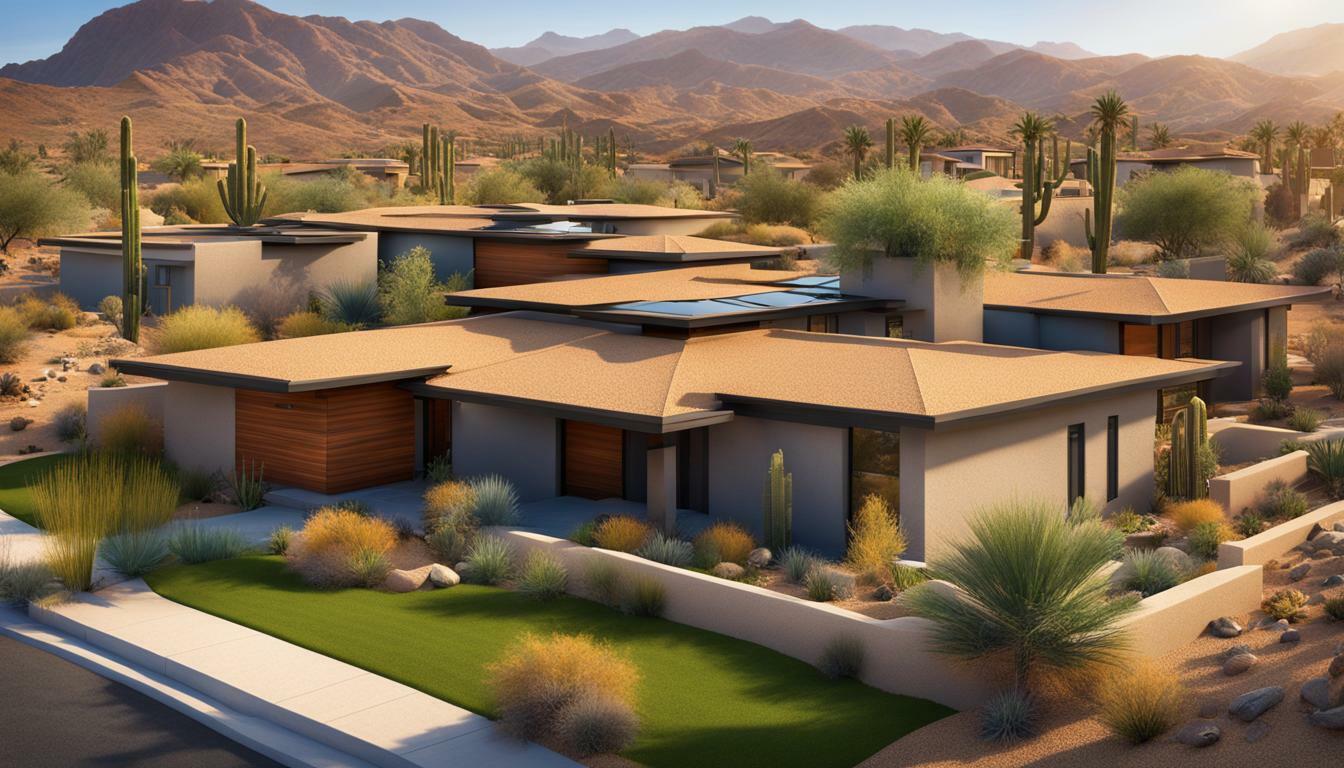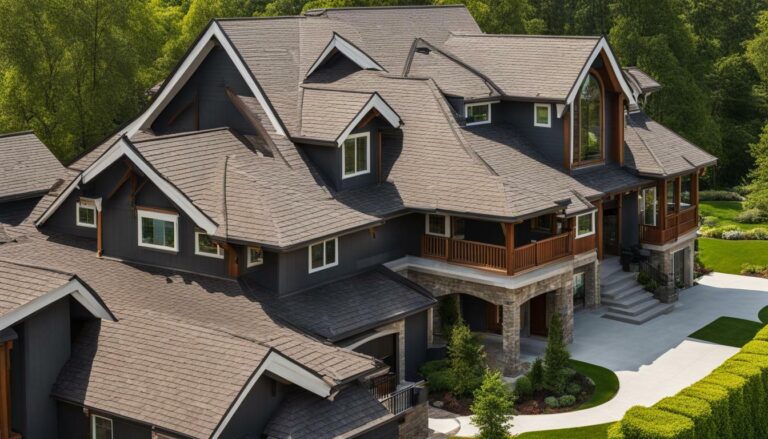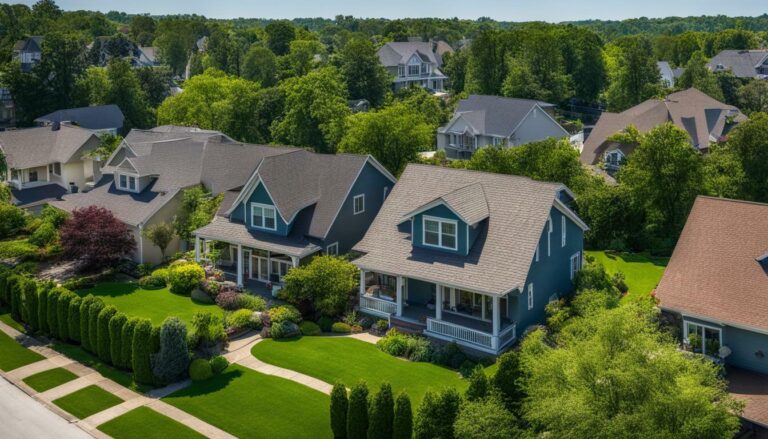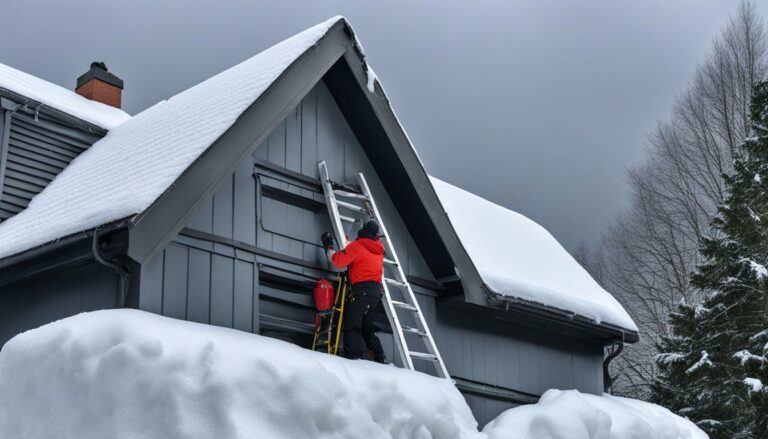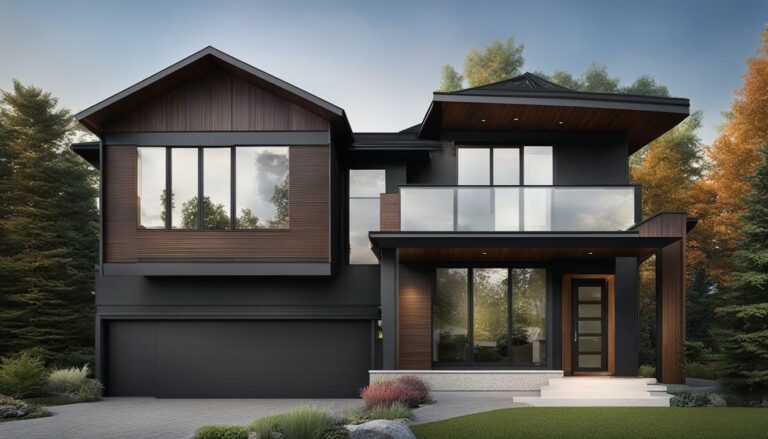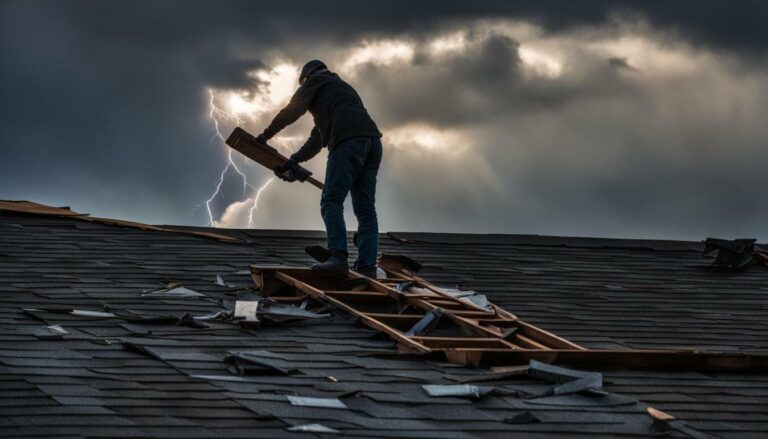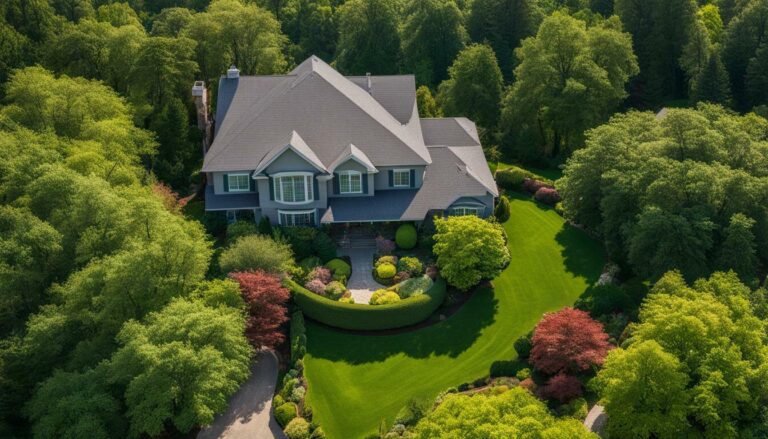Choose the Best Desert Climate Roofing Materials for Your Home
Living in a desert climate poses unique challenges for homeowners, particularly when it comes to choosing the right roofing materials for their homes. The extreme weather conditions, such as high winds, abrasive sand, and intense sunlight, require durable and long-lasting roof materials that can withstand these challenges. It is crucial to select materials that are approved for use in high-velocity hurricane zones (HVHZ) and have a Class 4 Impact Rating, ensuring they can withstand strong winds and debris.
Energy efficiency is also a key consideration for desert climates. Opting for roofs that reflect heat and withstand temperature fluctuations and UV rays can help reduce cooling costs and create a comfortable indoor environment. While asphalt shingles are popular due to their affordability, they are not energy-efficient or durable in desert climates. Clay tiles are a common choice in the Southwest due to their longevity and heat resistance, but they can be heavy and expensive.
Concrete tiles offer a more cost-effective option with similar thermal properties to clay tiles. Metal roofs, on the other hand, are highly durable, energy-efficient, and long-lasting, making them an excellent choice for desert climates. Stone-coated metal roofing combines the aesthetic appeal of traditional materials with the strength and durability of metal, providing a stylish and reliable option.
EPDM roofing membranes are highly recommended for their sturdiness in extreme desert conditions. However, it’s important to be aware of potential environmental side effects. Another alternative to consider is green or “living” roofs, which are covered in plants and moss. These roofs provide insulation, reduce the heat island effect in urban areas, and offer an environmentally-friendly solution.
When selecting the best roofing materials for desert climates, factors such as durability, energy efficiency, cost, and aesthetic appeal should be taken into account. By choosing the right materials, homeowners can ensure their roofs can withstand the unique challenges of desert weather and provide long-lasting protection for their homes.
Key Takeaways:
- Choose roofing materials approved for use in high-velocity hurricane zones (HVHZ) and with a Class 4 Impact Rating to withstand strong winds and debris.
- Energy-efficient roofs that reflect heat and withstand temperature fluctuations and UV rays are ideal for desert climates.
- While asphalt shingles are popular and affordable, they are not energy-efficient or durable in desert climates.
- Clay tiles offer longevity and heat resistance but can be heavy and expensive.
- Concrete tiles provide a more cost-effective alternative with similar thermal properties to clay tiles.
Understanding the Demands of Desert Weather
Desert regions are known for their harsh weather conditions, with high winds, abrasive sand, and intense sunlight putting roofs to the test. To ensure the longevity and functionality of your roof in these challenging climates, it is crucial to choose weather-resistant materials that can withstand these demanding environmental factors.
One important consideration is the ability of the roofing material to withstand high winds. The strong gusts common in desert areas can easily damage roofs that are not designed to withstand such forces. Look for materials that are approved for use in high-velocity hurricane zones (HVHZ) and have a Class 4 Impact Rating, which indicates their ability to withstand wind and debris.
“Desert regions are known for their harsh weather conditions, with high winds, abrasive sand, and intense sunlight putting roofs to the test.”
In addition to wind, the harsh desert sun can also take a toll on roofs. Intense sunlight can cause materials to deteriorate faster and can lead to cracks, warping, and fading. Opting for materials that are UV-resistant and can reflect heat can help prolong the life of your roof and better protect your home from the scorching desert temperatures.
When selecting a roofing material for desert areas, keep in mind that not all options are created equal. Some materials, such as asphalt shingles, may be popular due to their affordability, but they are not ideal for desert climates. Asphalt shingles are not energy-efficient and can deteriorate quickly in extreme heat. Instead, consider alternatives like clay tiles, which are known for their longevity and heat resistance, or concrete tiles that offer similar thermal properties at a more cost-effective price point.
| Roofing Material | Durability | Energy Efficiency | Cost |
|---|---|---|---|
| Asphalt Shingles | Low | Low | Affordable |
| Clay Tiles | High | Medium | Expensive |
| Concrete Tiles | High | Medium | Cost-effective |
If durability and energy efficiency are your top priorities, metal roofs are an excellent choice for desert climates. They are highly durable, able to withstand the harsh weather conditions, and are energy-efficient, helping to keep your home cool and reduce energy costs. Additionally, stone-coated metal roofing offers the aesthetic appeal of traditional materials while providing the strength and durability of metal.
Other alternatives worth considering include EPDM roofing membranes, which offer sturdiness in extreme desert conditions, albeit with potential environmental side effects. Green or “living” roofs, covered in plants and moss, provide insulation and help reduce the heat island effect in urban areas.
Conclusion
Choosing the right roofing material for a desert climate is essential to ensure the longevity and effectiveness of your roof. Look for options that are weather-resistant, durable, energy-efficient, and suitable for the specific demands of desert environments. Consider factors such as the ability to withstand high winds, UV resistance, thermal properties, and cost when making your decision. By investing in the right roof, you can protect your home and enjoy peace of mind even in the harshest desert weather.
Durability and Impact Rating
When it comes to desert climates, selecting roofing materials that are both durable and impact-resistant is crucial for long-term performance. The extreme weather conditions found in these regions, such as high winds and abrasive sand, can take a toll on roofs that are not built to withstand these challenges. That’s why it’s important to choose materials that are approved for use in high-velocity hurricane zones (HVHZ) and have a Class 4 Impact Rating.
Materials with HVHZ approval are designed to withstand strong winds, while those with a Class 4 Impact Rating can resist damage from falling debris. These ratings ensure that your roof will be able to endure the harsh conditions of desert climates without compromising its integrity. By investing in a roof with high durability and impact resistance, you can have peace of mind knowing that it will provide long-lasting protection for your home.
In addition to durability and impact resistance, it’s also essential to consider the sun-resistance of roofing materials in desert regions. The intense sunlight can cause roofs to deteriorate and fade over time. Look for materials that are specifically designed to withstand UV rays and temperature fluctuations. These sun-resistant roofing options will not only maintain their appearance but also contribute to the overall energy efficiency of your home.
When selecting roofing materials for desert regions, it’s important to balance durability, impact resistance, and sun-resistance. By choosing the right materials, you can ensure that your roof will withstand the extreme weather conditions and provide long-term protection for your home.
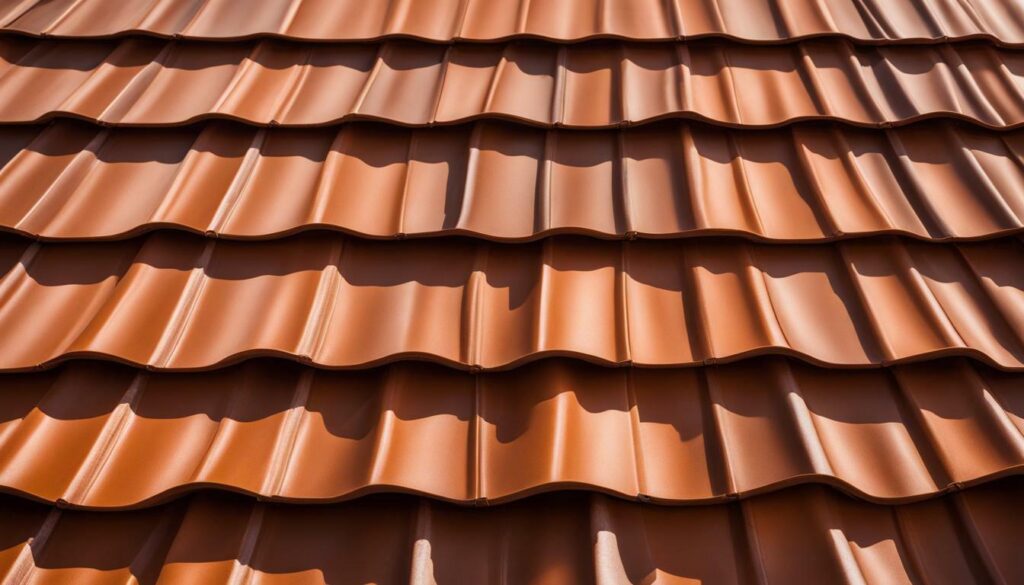
In hot desert climates, energy efficiency is a key consideration when choosing the right roofing materials for your home. The intense heat and sunlight can significantly impact the interior temperature, leading to increased cooling costs and discomfort. To combat these challenges, it is essential to opt for energy-efficient roof materials that can reflect heat and withstand temperature fluctuations and UV rays.
One popular but not recommended roofing material for desert climates is asphalt shingles. While asphalt shingles are affordable and durable, they are not energy-efficient or suitable for extreme temperature variations. They tend to absorb heat, increasing the heat transfer to the interior of the house and putting a strain on the cooling system.
A better option for desert climates is clay tiles, commonly chosen in the Southwest. Clay tiles offer longevity and excellent heat resistance, making them ideal for hot desert regions. However, it’s important to note that clay tiles are heavy and expensive, which may impact the overall cost of the roof installation.
For a more cost-effective alternative with similar thermal properties, concrete tiles are a suitable choice. Concrete tiles provide durability and heat resistance without the added weight and expense of clay tiles. They are a practical solution for homeowners looking for a long-lasting and energy-efficient roof in desert climates.
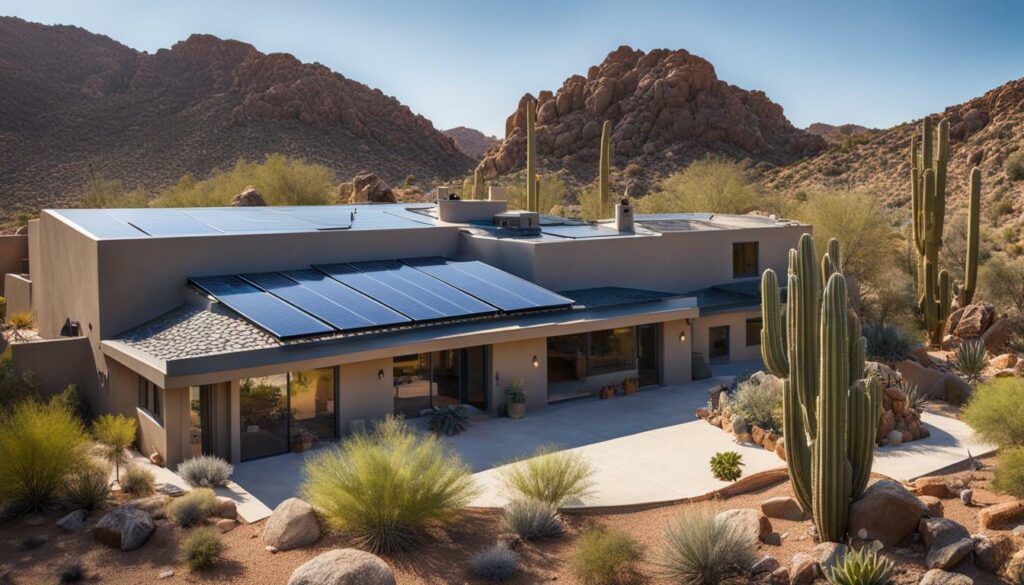
- Choosing energy-efficient roofing materials is crucial for hot desert climates.
- Asphalt shingles, while popular and affordable, are not recommended for desert regions due to their poor energy efficiency.
- Clay tiles offer longevity and heat resistance but come with the drawbacks of being heavy and expensive.
- Concrete tiles provide a more cost-effective alternative with similar thermal properties.
When selecting the best roofing material for your home in a desert climate, consider factors such as durability, energy efficiency, cost, and aesthetic appeal. Consult with a professional roofer to determine the most suitable option that meets your specific needs and budget.
| Roofing Material | Advantages | Disadvantages |
|---|---|---|
| Asphalt Shingles | – Affordable – Durable |
– Not energy-efficient – Not suitable for extreme temperature variations |
| Clay Tiles | – Longevity – Heat resistance |
– Heavy – Expensive |
| Concrete Tiles | – Cost-effective – Heat resistance |
– None |
Popular Roofing Materials to Avoid
Although asphalt shingles are affordable and widely used, they are not the best choice for homes in desert climates due to their limited energy efficiency and durability. In the harsh desert weather conditions characterized by high winds, abrasive sand, and intense sunlight, asphalt shingles can deteriorate quickly and fail to provide adequate protection for your home.
Unlike other roofing materials, asphalt shingles do not possess the necessary qualities to withstand the demands of desert climates. They are not designed to reflect heat and can absorb and retain it, causing your home to become uncomfortably hot. Moreover, these shingles may not be able to endure the temperature fluctuations and UV rays typical of desert regions, leading to premature decay and the need for frequent repairs or replacement.
Instead, consider alternative roofing options that are better suited to desert climates. Clay tiles, although popular in the Southwest for their longevity and heat resistance, are heavy and expensive. A more cost-effective alternative with similar thermal properties is concrete tiles. These provide durability and can withstand the extreme weather conditions found in desert regions.
Another recommended roofing material for desert climates is metal. Metal roofs are highly durable, energy-efficient, and long-lasting, making them an ideal choice for homeowners in desert areas. Stone-coated metal roofing is especially appealing as it combines the aesthetic appeal of traditional materials with the strength and durability of metal, providing a visually pleasing and reliable option for your home.
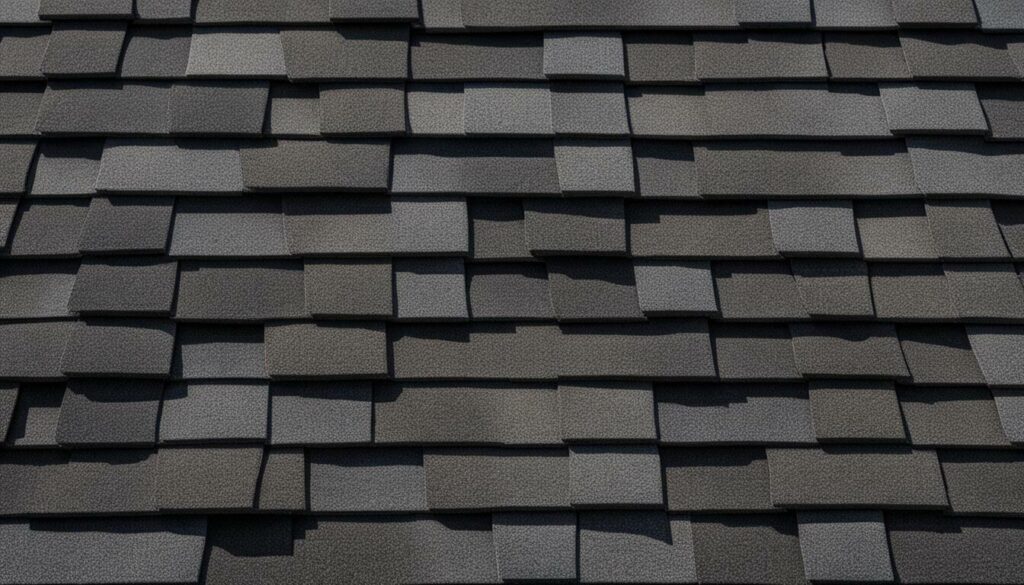
| Roofing Material | Energy Efficiency | Durability |
|---|---|---|
| Asphalt Shingles | Low | Low |
| Clay Tiles | Medium | High |
| Concrete Tiles | Medium | High |
| Metal Roofs | High | High |
“Choosing the right roofing material for your home in a desert climate is crucial. While asphalt shingles may seem like the most affordable option, they lack the energy efficiency and durability needed to withstand the extreme weather conditions. Opting for more suitable materials such as clay tiles, concrete tiles, or metal roofs can provide you with long-lasting protection and energy-efficient solutions for your desert home.” – Roofing Expert
Clay and Concrete Tiles: Longevity and Heat Resistance
Clay tiles have long been favored in desert regions for their exceptional longevity and heat resistance, although they can be heavy and expensive. These tiles are specifically designed to withstand the extreme weather conditions found in desert climates, making them a popular choice for homeowners seeking durability and functionality.
Despite their weight and cost, clay tiles offer numerous benefits that make them worth considering. Their natural composition allows for excellent heat resistance, keeping homes cooler during scorching desert summers. Additionally, clay tiles are known for their ability to withstand high winds and resist damage from hail and debris.
For those looking for a more cost-effective alternative, concrete tiles provide a viable option. They offer similar thermal properties to clay tiles but at a lower cost. Concrete tiles are also known for their durability and can withstand the harsh conditions of desert climates.
| Tile Type | Pros | Cons |
|---|---|---|
| Clay Tiles | Exceptional longevity, heat resistance, and wind resistance | Heavy and expensive |
| Concrete Tiles | Cost-effective option, similar thermal properties to clay tiles | – |
When choosing between clay and concrete tiles, it’s essential to consider your budget, aesthetic preferences, and long-term goals for your home. While clay tiles offer a timeless and classic look, concrete tiles can also provide a stylish and cost-effective solution. Ultimately, both options provide the durability and heat resistance needed for desert climates.
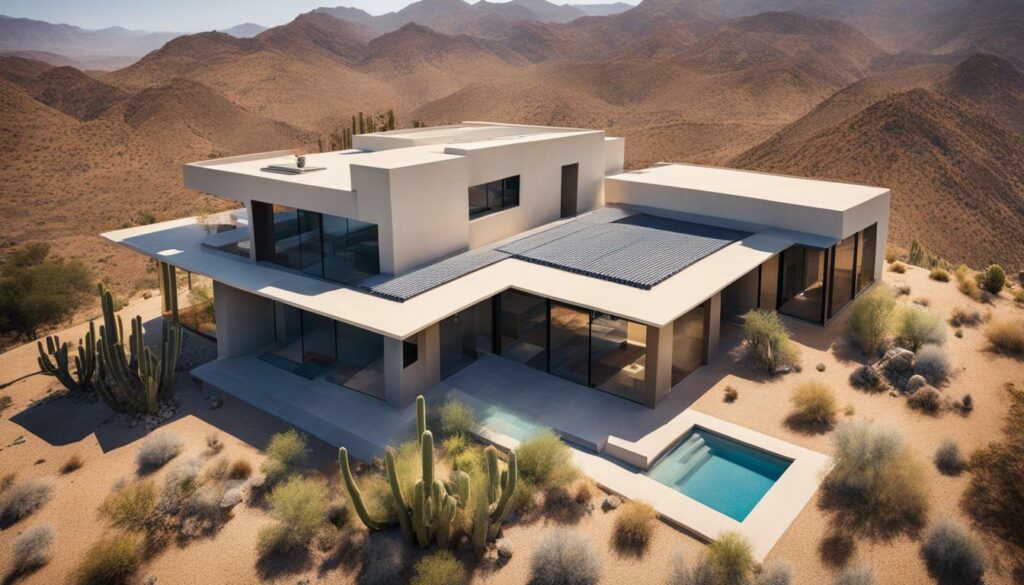
- Clay tiles have long been favored in desert regions for their exceptional longevity and heat resistance, although they can be heavy and expensive.
- Concrete tiles offer a more cost-effective option with similar thermal properties to clay tiles.
- Both clay and concrete tiles are durable and suitable for desert climates.
Metal Roofs: Durability and Energy Efficiency
Metal roofs are an excellent choice for homeowners in desert climates, offering exceptional durability, energy efficiency, and longevity. With the ability to withstand the demands of extreme weather conditions, metal roofs provide a reliable solution for protecting homes in arid environments.
One of the key advantages of metal roofs is their durability. Built to withstand high winds, abrasive sand, and intense sunlight, metal roofs are designed to last. They are resistant to cracking, warping, and corrosion, ensuring that they can withstand the harsh conditions found in desert climates for many years.
Moreover, metal roofs are highly energy-efficient. Their reflective surfaces help to reduce heat absorption, minimizing the transfer of heat into the home and keeping interior temperatures cooler. This can result in lower cooling costs and a more comfortable living environment, especially during the scorching summer months.
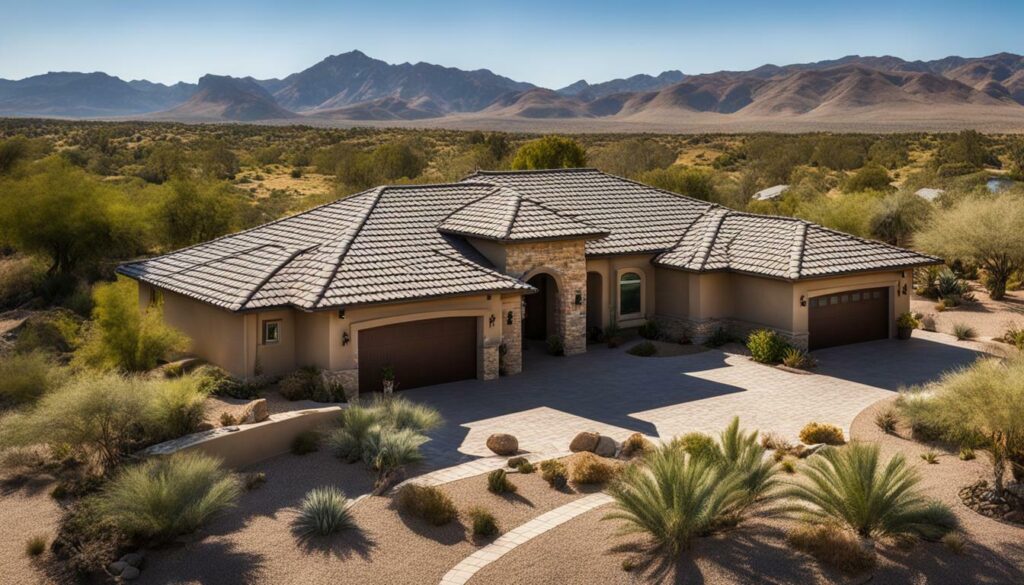
In addition to their practical benefits, metal roofs can also enhance the aesthetic appeal of a home. Stone-coated metal roofing, for example, combines the strength and durability of metal with the appearance of traditional roofing materials such as slate or wood. This allows homeowners to achieve the desired look for their homes while enjoying the long-lasting benefits of metal.
In summary, metal roofs are a highly durable, energy-efficient, and long-lasting option for homes in desert climates. Their ability to withstand extreme weather conditions, reflect heat, and provide a visually appealing solution make them an ideal choice for homeowners looking for a roofing material that can stand the test of time.
Other Considerations and Alternatives
In addition to the more traditional roofing materials, other options like EPDM roofing membranes and green roofs can be considered for desert climates, offering unique advantages and environmentally-friendly features. EPDM roofing membranes are known for their sturdiness in extreme desert conditions. They are highly resistant to UV radiation, temperature fluctuations, and strong winds. EPDM roofs are also relatively easy to install and repair, making them a practical choice for homeowners in desert regions.
Green roofs, also known as “living” roofs, are another alternative worth considering. These roofs are covered in vegetation, such as plants and moss, which provide natural insulation and cooling. Green roofs offer several benefits for desert environments, including reducing the heat island effect in urban areas. By absorbing and retaining rainwater, green roofs also mitigate stormwater runoff, helping to address water scarcity issues often faced in desert climates.
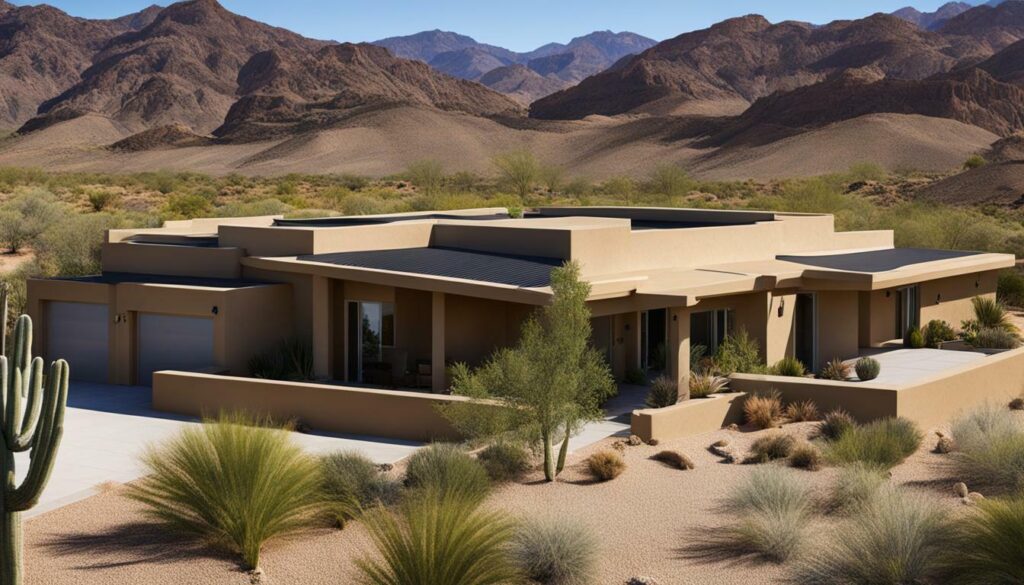
When choosing roofing materials, it is essential to weigh the advantages and disadvantages of each option. While EPDM roofing membranes and green roofs offer unique benefits, they may also have some drawbacks. EPDM membranes, for example, are synthetic materials, and their manufacture and disposal may have potential environmental side effects. Green roofs require regular maintenance and specialized installation techniques, which can add to the overall cost of the system. However, the long-term benefits they provide, such as energy savings and environmental sustainability, often outweigh these considerations.
Ultimately, the choice of roofing material for desert climates should consider factors such as durability, energy efficiency, cost, and aesthetic appeal. Whether you opt for EPDM roofing membranes, green roofs, or more traditional options like clay tiles or metal roofs, selecting the right material will help ensure that your home is protected from the harsh conditions of the desert while contributing to a more sustainable future.
Conclusion
Selecting the best roofing materials for a desert climate is essential for ensuring the long-term durability and performance of your home’s roof. With the extreme weather conditions found in desert areas, it is crucial to choose materials that can withstand high winds, abrasive sand, and intense sunlight.
Durable and long-lasting roofing materials are recommended to combat these challenges. Look for materials that are approved for use in high-velocity hurricane zones (HVHZ) and have a Class 4 Impact Rating, as these can withstand wind and debris effectively.
In addition to durability, energy efficiency is another important factor to consider. Opt for roofs that reflect heat and can withstand temperature fluctuations and UV rays. These energy-efficient roofs not only help reduce cooling costs but also provide a comfortable indoor environment.
While asphalt shingles may be popular due to their affordability, they are not suitable for desert climates. They lack both energy efficiency and durability. Instead, consider clay tiles, which are commonly chosen in the Southwest due to their longevity and heat resistance. Keep in mind that clay tiles are heavy and expensive. Alternatively, concrete tiles provide a more cost-effective option with similar thermal properties.
Metal roofs are highly recommended for desert climates as they are highly durable, energy-efficient, and long-lasting. If you prefer the aesthetic appeal of traditional roofing materials, stone-coated metal roofing combines the best of both worlds, providing the strength and durability of metal while maintaining a visually pleasing appearance.
Other options to consider include EPDM roofing membranes, which offer sturdiness in extreme desert conditions. However, be aware that there may be potential environmental side effects associated with these membranes. Green or “living” roofs, covered in plants and moss, provide insulation and help reduce the heat island effect in urban areas.
Ultimately, the choice of roofing material should take into account factors such as durability, energy efficiency, cost, and aesthetic appeal. By selecting the best roofing materials for your desert climate, you can ensure that your home’s roof is able to withstand the harsh conditions and provide long-lasting protection.
FAQ
Q: Why is it important to choose the best roofing materials for desert climates?
A: Desert climates pose unique challenges such as high winds, abrasive sand, and intense sunlight. Choosing durable and long-lasting roofing materials is crucial to withstand these extreme weather conditions.
Q: What should I look for in roofing materials for desert homes?
A: When selecting a roof for desert homes, it is important to look for materials that are approved for use in high-velocity hurricane zones (HVHZ) and have a Class 4 Impact Rating to withstand wind and debris. Energy-efficient roofs that reflect heat and withstand temperature fluctuations and UV rays are also ideal.
Q: Are asphalt shingles suitable for desert climates?
A: While asphalt shingles are popular due to their affordability, they are not energy-efficient or durable in desert climates. It is recommended to choose alternative materials that are better suited for the extreme conditions of desert regions.
Q: What are the advantages of clay tiles in desert climates?
A: Clay tiles are a common choice in the Southwest due to their longevity and heat resistance. However, they are heavy and expensive. If looking for a more cost-effective alternative with similar thermal properties, concrete tiles are recommended.
Q: Are metal roofs suitable for desert climates?
A: Yes, metal roofs are highly durable, energy-efficient, and long-lasting, making them suitable for desert climates. Stone-coated metal roofing offers the aesthetic appeal of traditional materials while providing the strength and durability of metal.
Q: Are there any other roofing materials I should consider for desert climates?
A: EPDM roofing membranes offer sturdiness in extreme conditions but may have potential environmental side effects. Green or “living” roofs, covered in plants and moss, provide insulation and reduce the heat island effect in urban areas.
Q: What factors should I consider when choosing a roofing material for desert climates?
A: The choice of roofing material should consider factors such as durability, energy efficiency, cost, and aesthetic appeal. It is important to select a material that can withstand the extreme weather conditions and provide long-lasting protection for your home in desert climates.
